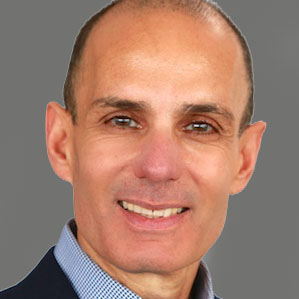Don’t confuse efficient compliance with real transformation
For a significant transformation initiative to succeed, the CEO must ensure that all their senior executives are fully (genuinely) aligned and own the transformation purpose, outcomes and process.
Large-scale transformation processes are often complex and messy. Many CEOs use a Project Management (PM) function to oversee, track, and manage the transformation execution process. A strong PM function can make a significant difference in achieving the transformation outcomes. However, a strong PM function can also undermine and jeopardize the transformation’s intent and purpose.
A powerful transformation is never just about achieving better outcomes. By design, it is always about aspiration and inspiration. And no matter how complex the change initiative, senior leaders cannot outsource or delegate the aspiration, inspiration, and execution of their transformation to anyone else. It’s solely the role of the senior executive team to fuel the transformation with clarity, spirit, and inspiration. Therefore, organizational transformation can only move as fast as the senior leadership team can lead, drive, and inspire change.
Take a large global technology company, for example, that undertook a strategic transformation program to elevate its product portfolio, market share, customer experience and business performance.
The CEO and senior executives aligned on a 2-year bold strategy with clear breakthrough outcomes to fulfill their change vision of the future. All executives emerged from the transformational strategic planning exercise genuinely aligned and excited to take the company to the next level.
They assigned managers to lead bold execution initiatives under them and added a PM function to manage and oversee the cadence of execution tracking, presentations, and status reviews to ensure consistent and effective execution of their intent.
As with every large change initiative, reality set in. The existing work that hadn’t gone away competed with the future work, and executives were getting overwhelmed with the challenge of managing everything.
As a result, they spent less time engaging in meaningful strategic dialogue about how to make the transformation most impactful. They also deprioritized mentoring, coaching, and supporting their managers who were at the forefront of executing the transformation. In fact, they began to rely more heavily on the PM function to manage the process by providing more frequent updates and status reports on the transformation.
The problem, however, was that the PM function wasn’t privy to the creation of the vision and strategy in the first place. They didn’t have the necessary context of what the CEO and senior executives intended to achieve and why. All they cared about was ‘checking the box’ on hitting the published outcomes on their due dates. They considered their mission to be providing timely and accurate reports on the status of outcome attainment. The PM function did not focus on ensuring that the overall intent of the transformation was being fulfilled.
As the CEO and executives pushed the PM function harder to provide updates, the PM function pushed the execution managers for updates too. The managers, who were overwhelmed themselves, became resentful toward the PM function and the executives for signing them up for extracurricular change-leadership accountability, only to abandon them when things became tough.
A year passed and although everyone worked extremely hard and the PM function presented an overall ‘green scorecard’ for outcome attainment; people didn’t experience a sense of accomplishment or victory. In fact, many questioned if anything substantial had really changed in the company.
There was a growing sentiment among the execution managers and senior executives that their promising large-scale transformation initiative intended to change the company became a major efficiency and process compliance exercise, lacking energy, spirit and soul.





Leave a Reply
Want to join the discussion?Feel free to contribute!